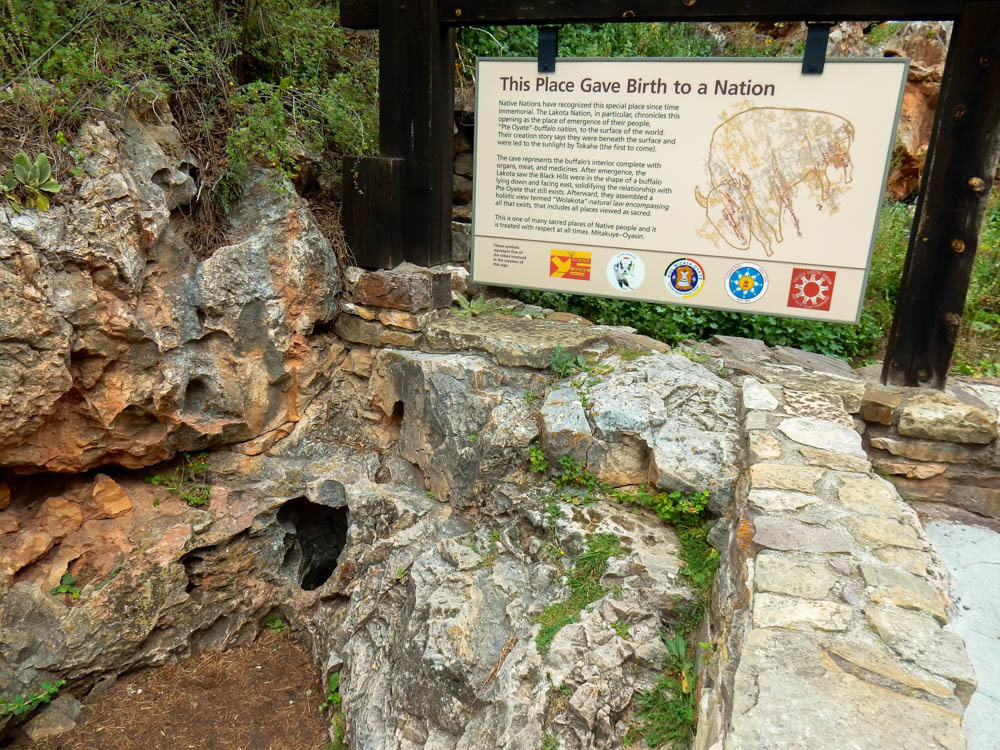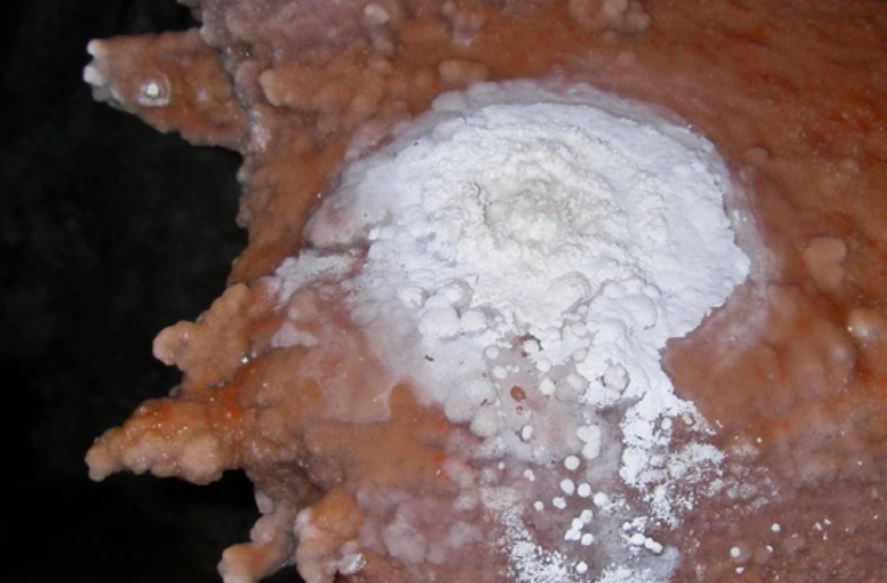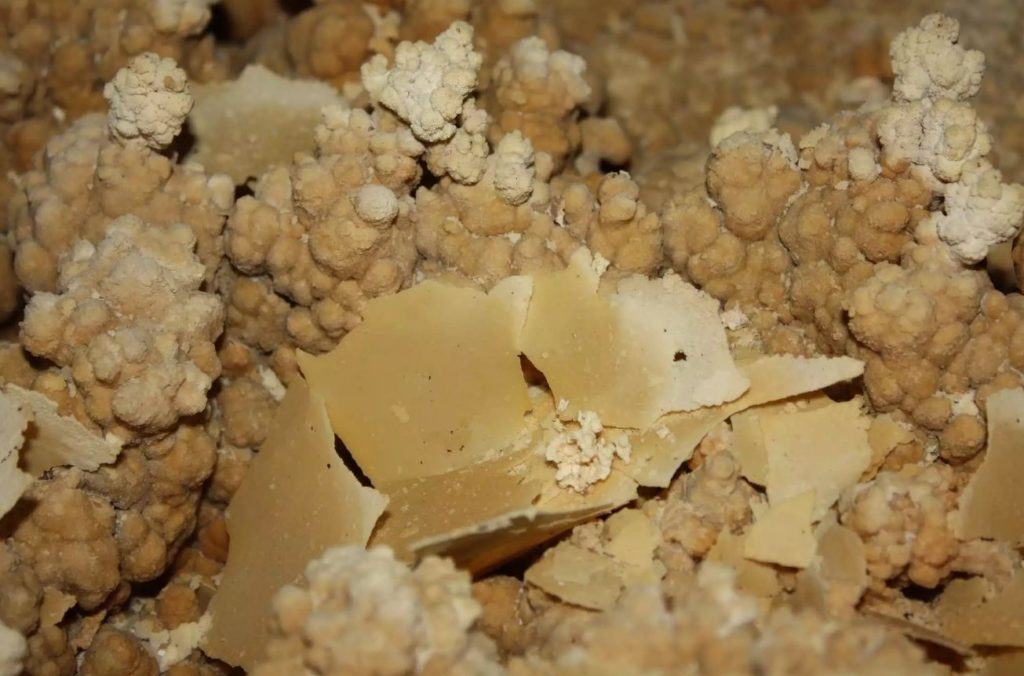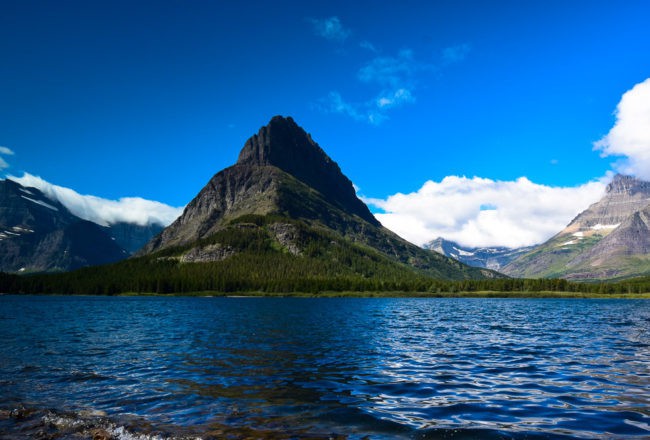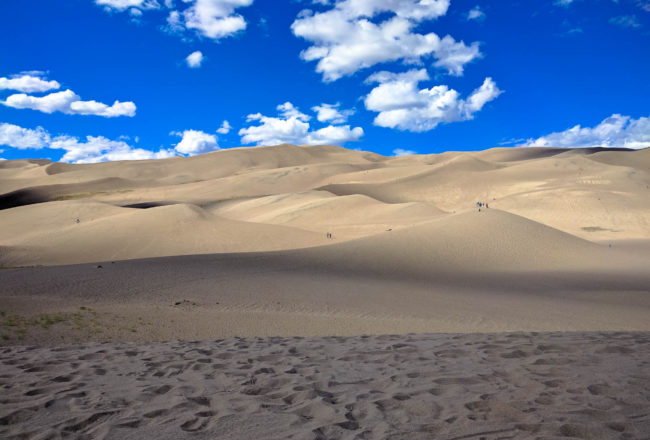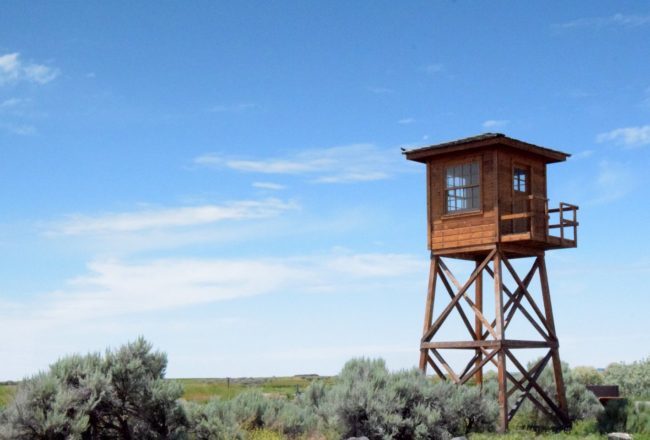Bison, elk, pronghorn, and prairie dogs frolic among the tall grass and rolling prairie coated hills, meanwhile below and hidden from the sun, a complex labyrinth lies in mystery. On our visit, the clouds are swollen with rain, and the atmospheric pressure low. Nearby, there is an eerie howl coming from a small rocky opening into the ground. The strong wind coming from this earthen orifice is what gives this subterranean natural wonder its name: Wind Cave.
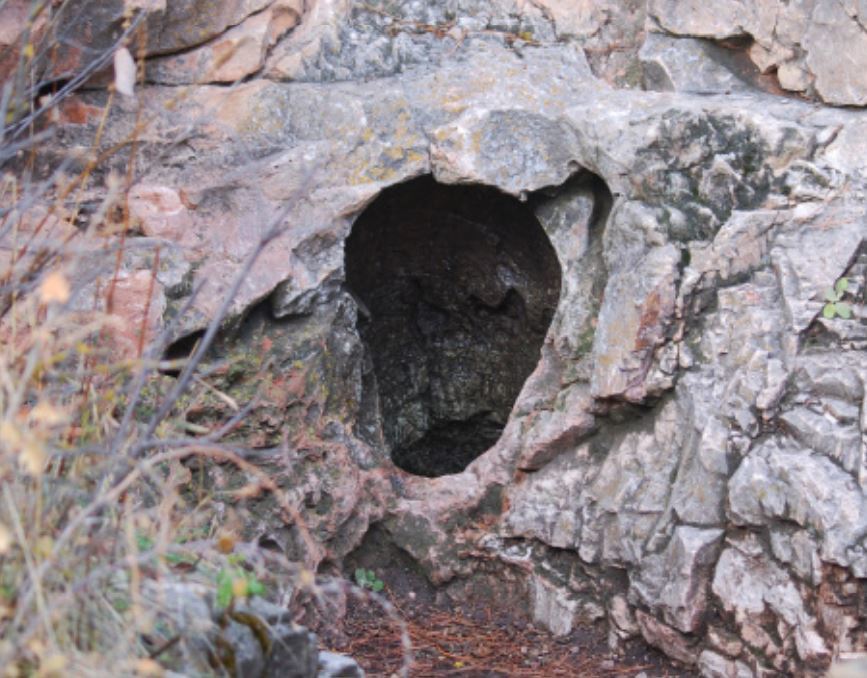
In Lakota culture, history is passed down to new generations through the spoken word. There are many different versions of the Emergence Story, varying from band to band and family to family
Native Origin Stories
A key part of why I travel is that I enjoy listening to stories. I particularly enjoy historical accounts, mythologies, and theologies. When listening to the rangers describe the Lakota’s spiritual ties to Wind Cave, I was enthralled.
Native American tribes throughout the Great Planes have known about Wind Cave for generations. For the people of the Sioux nation and especial of the Lakota, who hold Wind Cave as a sacred place, it is the central location for their world creation beliefs. Near the visitor center, there is a placard marking the natural opening to Wind Cave as the place of emergence of their people. According to the Lakota Emergence Story, the Pte Oyate or “Buffalo Nation” came out from the opening and to the surface at that exact location. The cave itself represents the interior of a buffalo, covering internal organs, meat, and medicines. After the Pte Oyate emerged from the underworld, they saw the Black Hills as the shape of the buffalo’s exterior, laying down, its head pointed northwest, its tail south, but facing eastwardly.
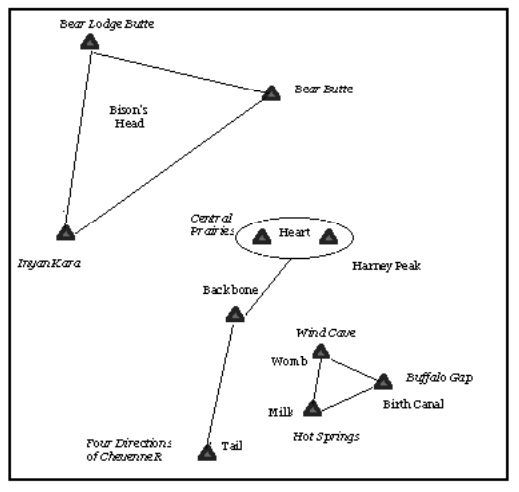
A rough diagram which correlates places in the Black Hills with the Buffalo. Wind cave is considered the “Womb.” From “The Black Hills as Sacred Ground: The Chronology and Controversy” published in 2011
Cave Settlers
About five years after the Great Sioux War settlers began moving into the Black Hills in force, and Wind Cave saw its first non-natives visitors in 1881 with Tom and Jesse Bingham. According to Tom, he looked into the opening and his hat blew right off his head. Seven years later, the South Dakota Mining Company filed a mining claim for Wind Cave and then installed J.D. McDonald as manager in 1889. Alvin McDonald, the manager’s son, started recording his exploration trips into Wind Cave with only string and candle light. Alvin’s diary describes the explorations in Wind Cave from 1891-1893 by members of the McDonald and Stabler families, and by people who came to visit the cave.
In 1893, Alvin died of typhoid fever after a visit to the Columbian Exposition in Chicago. After his death, both the McDonald and Stabler families fought for years over full control of Wind Cave. In December 1899, the Department of the Interior decided that since no mining nor proper homesteading had taken place, neither party had any legal claim to the cave. The lands around the cave were withdrawn from homesteading altogether in 1901.
Alvin’s story captivates me: imagine being a 20 years old and cave exploring caves with only a box of matches, a few candles, and string to help guide you back. I have my high-powered LCD headlamp which puts out 400 lumens, that’s 30 times more light than one of Alvin’s candles!
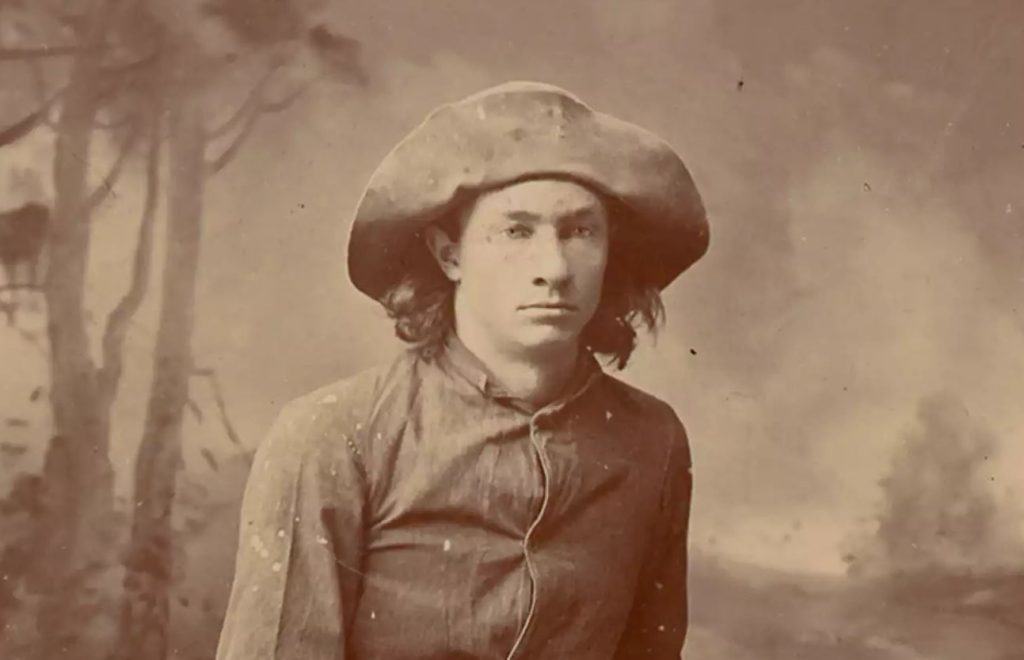
Alvin Frank McDonald – an early American caver and tour guide at what became Wind Cave National Park in South Dakota, the sixth longest cave system in the world, from 1889 to 1893.
National Park Status
In the years leading up to its full National Park status, the U.S. Government decides to survey Wind Cave. In 1902, the survey team logged less than 5,000 feet, but a bill was set in motion to Congress. Finally, in 1903, the legislation passes and is signed by President Theodore Roosevelt. The park includes over ten and a half acres and is the first cave to become a National Park.
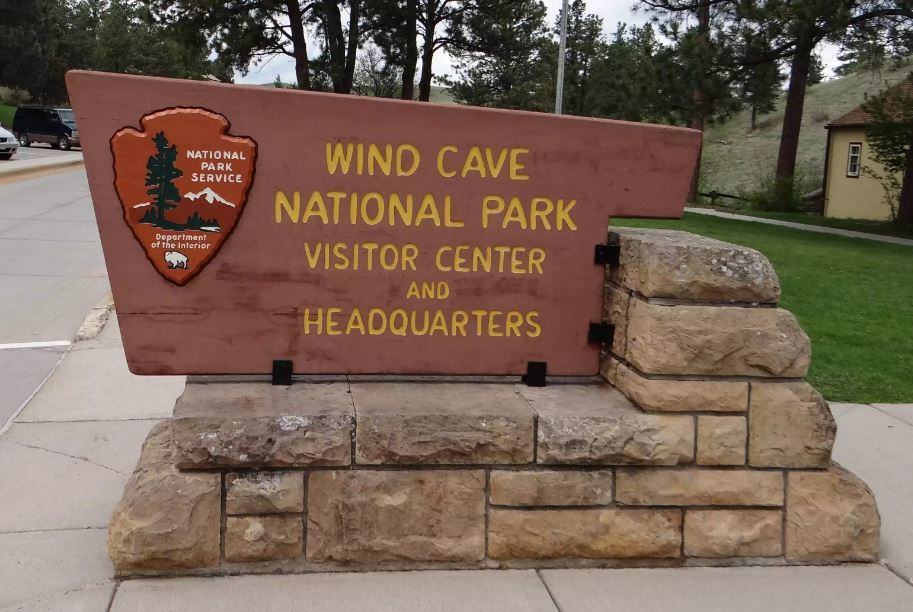
Wind Cave National Park – On January 3, 1903, President Theodore Roosevelt signed the bill creating Wind Cave National Park
Modern Cave Exploration
By the time Wind Caves becomes a national park, only 5 miles of cave passages were explored and mapped. A majority of Wind Cave’s modern maps were completed thanks to professional cave explorers and volunteers in the 1960s and later. Over 140 miles of explored cave make it the 6th longest cave in the world, and the densest (most passage volume per cubic mile) cave system in the world. Today, it takes days to explore Wind Cave. Modern rangers and volunteers who require the use of base camps which contain stocked provisions and even a landline telephone.
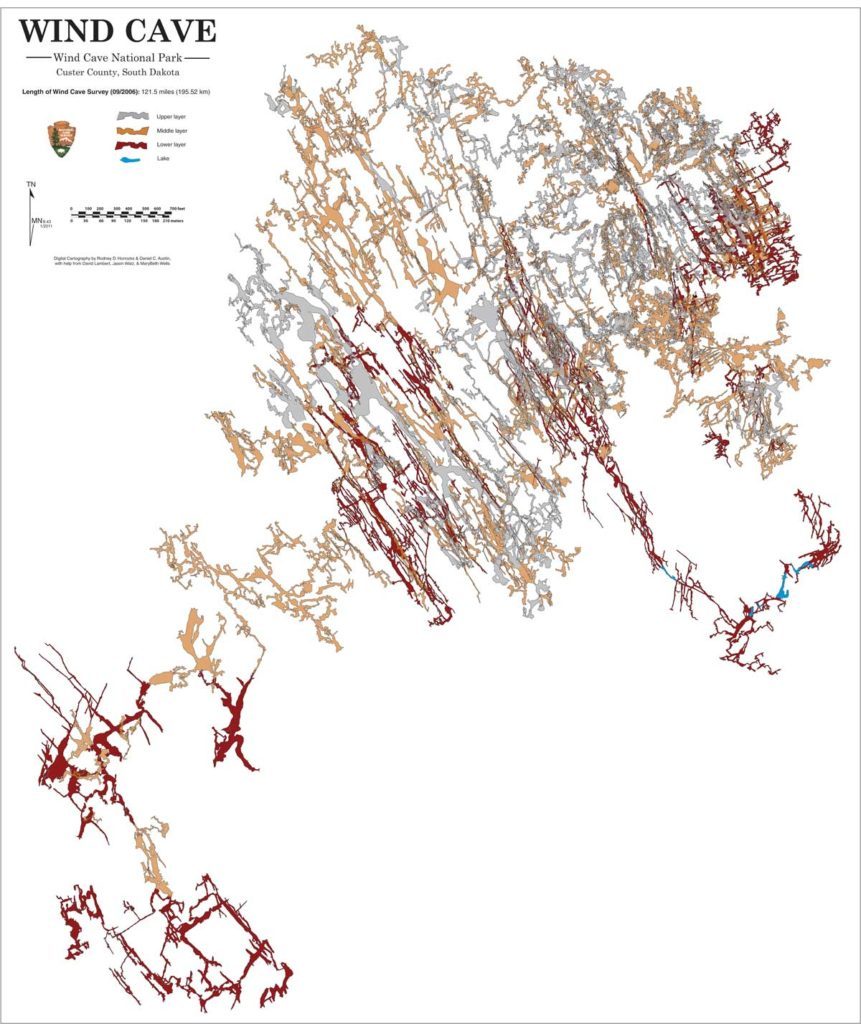
A 2009 map of wind cave. In the visitor center, there is an up-to-date interactive touch-screen map. (click to view larger map)
Touring Wind Cave
Wind Caves offers five tours, but since we arrived a few days after Labor Day, we could only go on two. Timing is everything with Wind Caves, because after the summer season, your options are limited. According to the rangers, the best time to visit is June through August, because then we would have access to the following tours:
Fairgrounds Tour – For about 1.5 hours, the tour takes you through the upper and middle levels of Wind Cave and covers only 2/3 miles and 450 steps. This is the tour I really wanted to go on, due to the fine specimens of frostwork and gypsum flowers found on this route.
Candlelight Tour – With only a candle, you get to walk around in near darkness for about 2 hours for nearly 2 thirds of a mile. No cameras or electronics are allowed on this tour.
Wild Cave Tour – Of all the tours I regret missing, this is it. According to the ranger, we would have easily made it through the passages, even at our size. The tightest spot is roughly the same as the underside of a car. This is a 4-hour tour that requires a lot of crawling, some squeezing, and lots of stooping.
We decided to go with both of our final options since both tours explore a different part of the caves.
Garden of Eden Tour – For 1 hour and a third of a mile we got to examine beautiful cave decorations such as cave popcorn, flowstone, frostwork, and boxwork. The best room we viewed was the Eastern Star
Natural Entrance Tour – On this tour, we learned much about the history and religious significance of the Wind Cave. We viewed a lot of boxwork formations. The rooms we saw on this tour were Blowhole, Post Office, Devils Lookout, Cathedral, Model Room and Fallen Flats
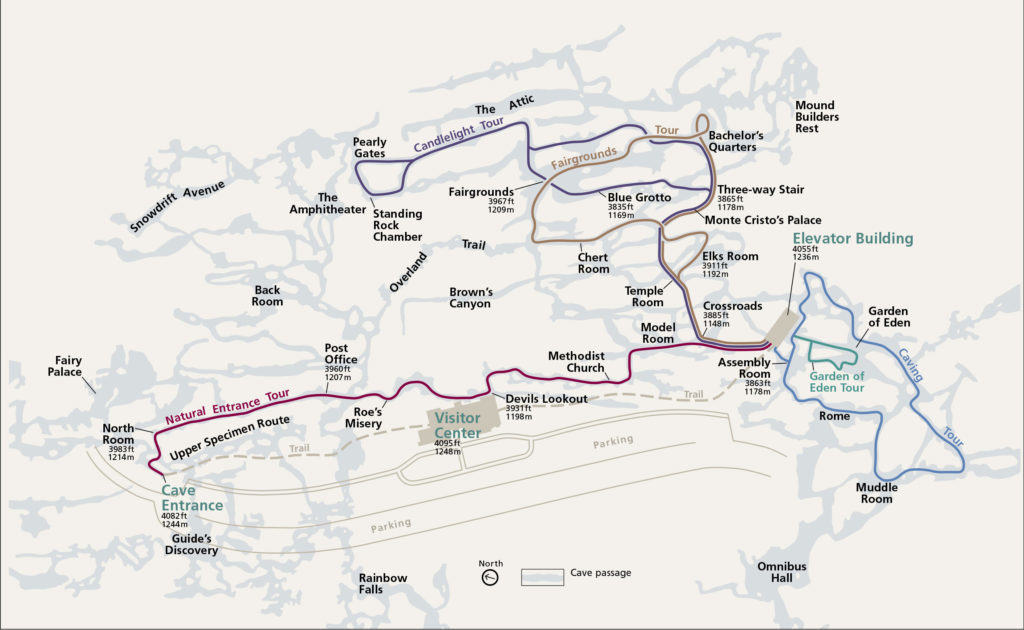
Wind Caves Tour Map – tours change depending on the season, check frequently to see which tours are available.
Cave Decorations of Wind Cave
As you know by now, cave formations are why I love caves so much. Some deposits look like creepy flesh, while others look like gems that sparkle when you shine the faintest of light. With Wind Cave, there is less active water flow creating some decorations unique to just this cave. Without water, there are fewer dripstone formations, but that also means different kinds of crystal formations can occur. In addition to the kinds of formations found in Jewel Cave, Wind Cave is home to some special kinds of cave decorations:
Boxwork – This formation is rather rare elsewhere in the world but in Wind Cave its common. To give you an idea of the difference in occurrence, over 95% of the world’s known boxwork is found within Wind Cave.
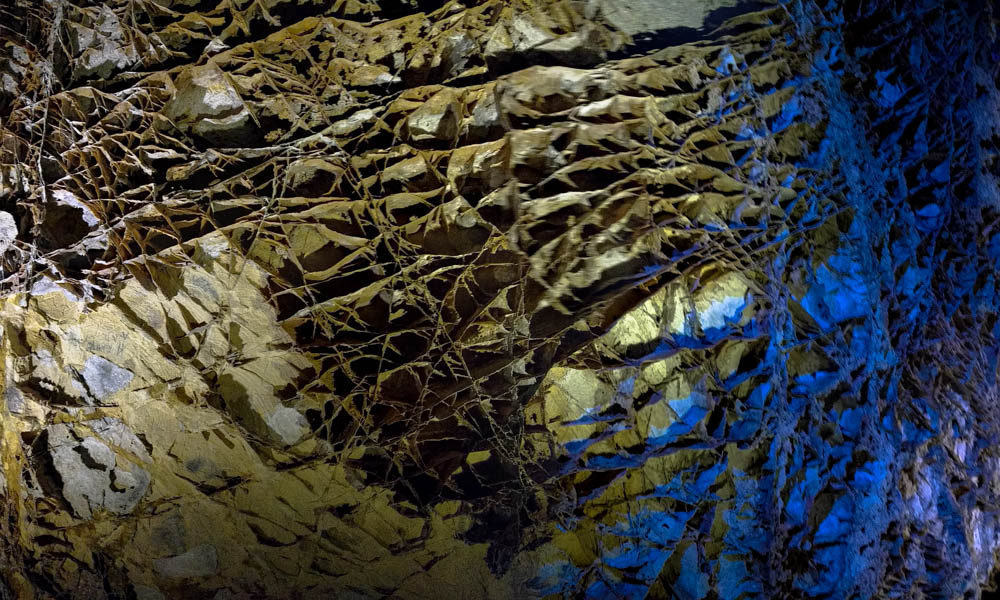
Wind Cave Ceiling – Boxwork is commonly composed of thin blades of the mineral calcite that project from cave walls or ceilings that intersect one another at various angles, forming a box-like or honeycomb pattern.
Vugs – These are pockets within the limestone cave walls. Iside of these pockets are crystals that vary in size, shape, material, and color. They’re hard to spot, but they can be found on all of the tours.
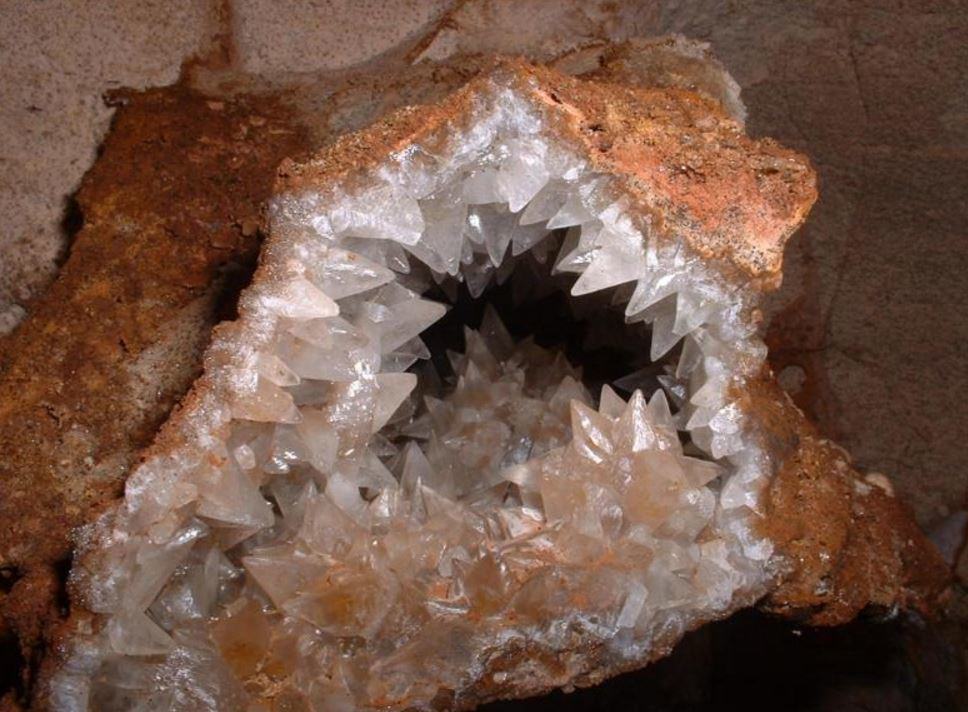
Wind Cave Vug – A small to medium size cavity inside the rock, which is partially filled by quartz, calcite, and other secondary minerals.
Moonmilk – If you find cottage cheese or cream cheese splattered on the walls, you have found moonmilk. Sadly it’s not made of milk or cheese, moonmilk consists of some kind of carbonates such as calcite, aragonite, or hydromagnesite. And moonmilk most assuredly not from cows, celestial or otherwise; the current theory is that moonmilk is secreted by, or created in conjunction with, bacterium.
Calcite Rafts – Although most calcite forms in lumps, calcite rafts are thin sheets that float on water. The form on the surface of very still cave pools. When a speck of dust lands on the water, calcite crystals begin forming around that grain in a thin sheet. If the calcite becomes too thick or the water is even slightly disturbed the rafts sink. Really the only way you might see this formation is on the Wild Cave Tour and if the ranger guides decide to take you there, but you might see some small ones where pools use to be.
I really enjoyed visiting Wind Cave. I find it amazing that the birth of this cave system started as limestone deposited in a warm shallow sea about 350 million years ago and is composed mostly of fragments of calcium carbonate seashells. According to air pressure differential measurements, brave explorers discovered and mapped roughly 5 to 6 percent of Wind Cave, much of which took place in the last hundred years. This means there are mysterious wonders still waiting to be discovered in this awesome interminable network of hollow rock and earth.
